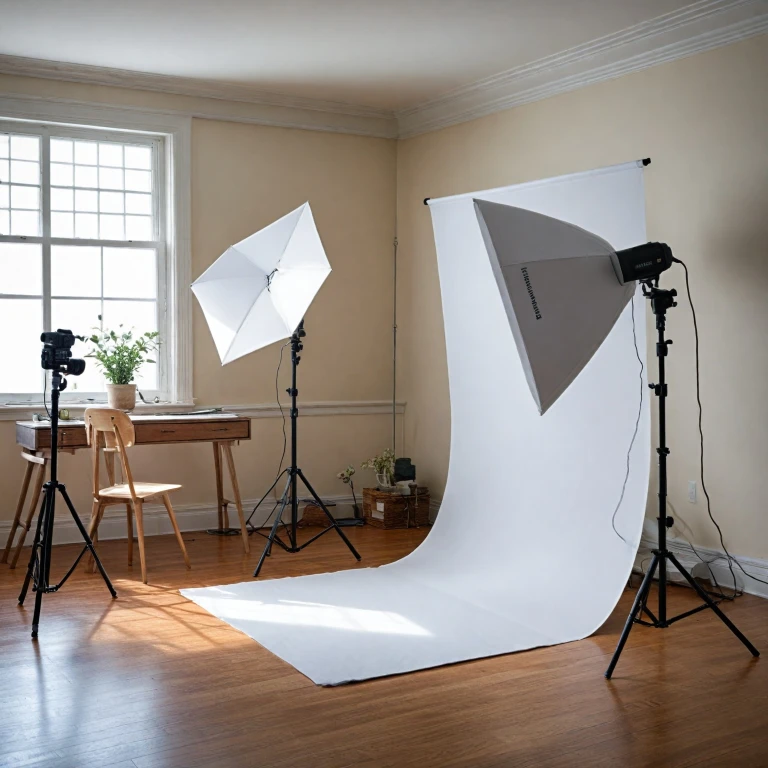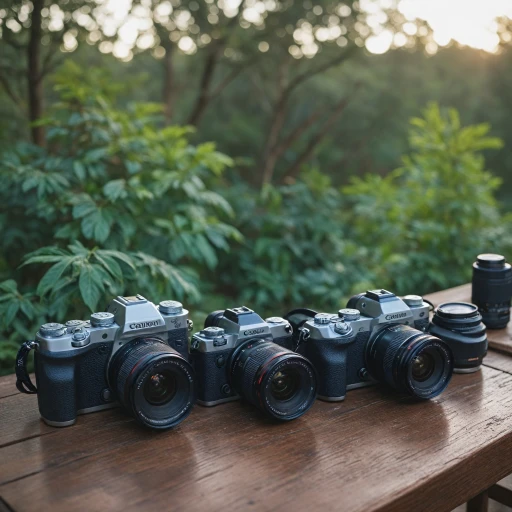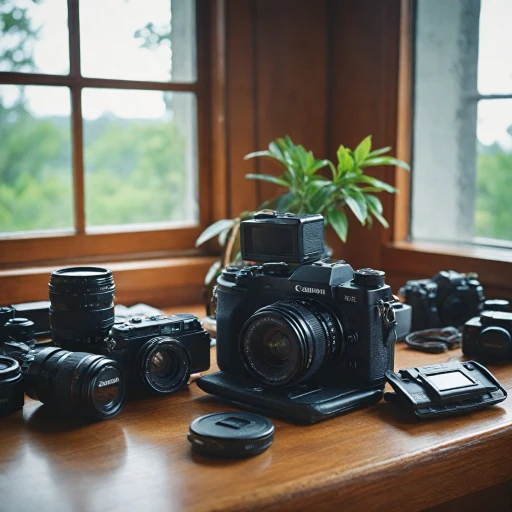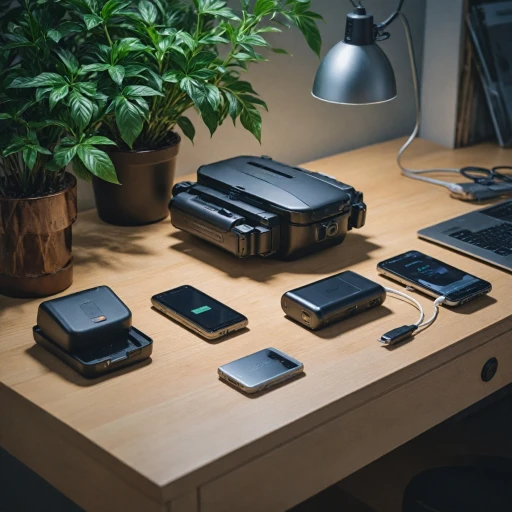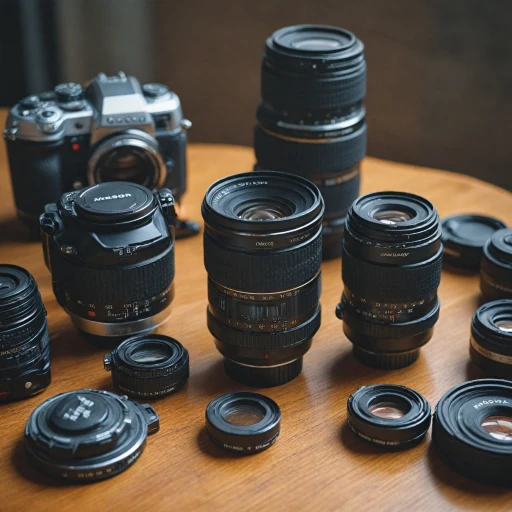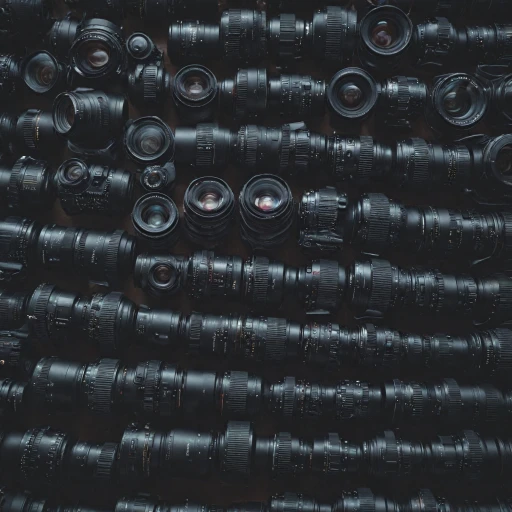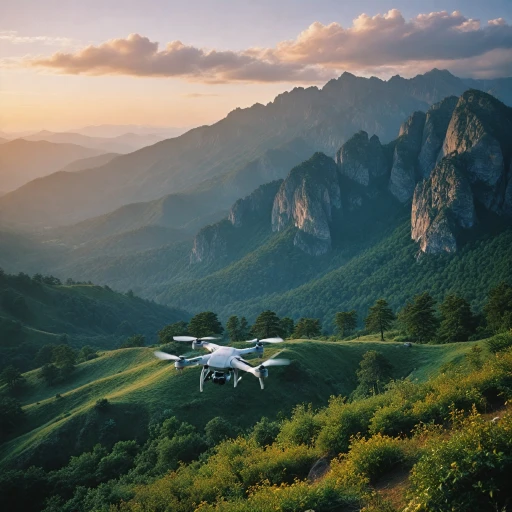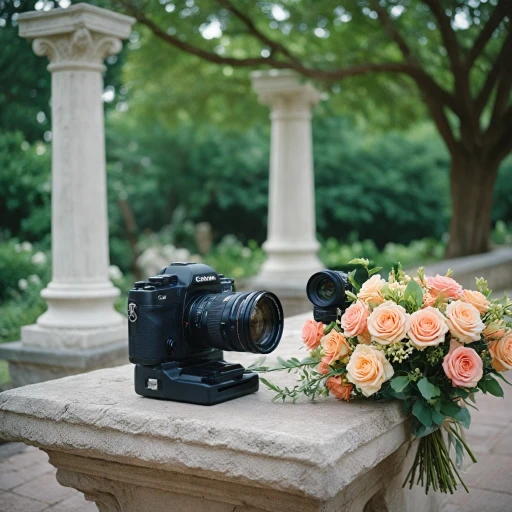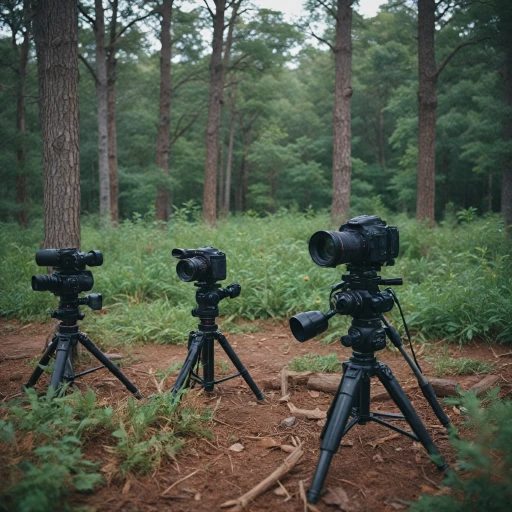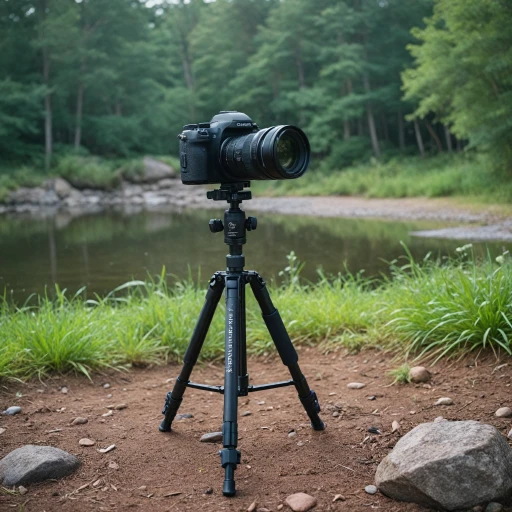
Understanding Soft Boxes
Demystifying the Role of Soft Boxes in Photography
Soft boxes play a pivotal role in enhancing photography by transforming harsh light into soft, even illumination. These essential accessories range from rectangular softboxes to octa and parabolic softboxes. Their primary function is to diffuse light, whether it's from LED lights, strobe lighting, or continuous lighting setups. This diffusion eliminates harsh shadows and creates a flattering soft light, perfect for achieving professional results. Choosing the right soft box can make or break your setup, so it's essential to consider factors like the type of light source and the desired effect. The price range varies widely depending on size, quality, and brand, with some kits including multiple accessories for convenience. Understanding how to set up your soft boxes can significantly impact your photographic output. With the right setup, you can elevate your image quality without breaking the bank. The quick release and bowens mount features in many models provide versatility and ease of use, making it easy to adjust your equipment according to your shooting needs. For photographers looking to refine their craft, resources like enhancing your photography with the Canon F1 flash adapter can offer invaluable insights into optimizing your lighting equipment, ensuring every shot is captured perfectly. Remember, the right tools and setup can transform your photography into an art form, making every picture count.Benefits of Using Soft Boxes
The Advantages of Soft Boxes in Photography
In the world of photography and videography, achieving the perfect lighting can often make or break an image. This is where the utility of soft boxes shines. These versatile tools provide several advantages that cater to both novice photographers and experienced professionals.
- Soft and Even Lighting: The primary advantage of using a soft box is its ability to produce soft light, minimizing harsh shadows and bright spots. The softbox light diffuses the light from led lights or strobes, creating a more natural look in portraits or product photography.
- Versatility and Customization: With various shapes and sizes available, such as parabolic softbox or octa softbox, photographers can choose the most suitable one for their needs. Many softboxes come with a bowens mount or quick release options, making them compatible with different lighting setups.
- Cost Effective: Although prices vary, there are budget-friendly options available. These affordable solutions provide significant improvements in lighting quality without breaking the bank, offering a good price and value especially when prices are sold at discounted rates or with free shipping.
- Multiple Applications: Beyond still photography, soft boxes are indispensable in video shoots, ensuring subjects are well-lit in a continuous light setting. This feature is particularly beneficial for projects demanding extended recording sessions where consistent led light performance is crucial.
- Quick Setup and Adjustment: Modern soft boxes are designed for quick assembly, some even coming as part of a kit includes other accessories, allowing photographers to adjust their lighting without interrupting their workflow.
If you're venturing into camera lighting techniques, leveraging soft boxes can both enhance your skills and elevate your creative projects. Their ability to yield professional-grade results with ease has solidified their place in any photographer's toolkit.
Choosing the Right Soft Box for Your Needs
Options for Custom Soft Lighting
Choosing the right soft box can significantly impact the quality of your photography and video work, ensuring your images are lit perfectly. Understanding various soft boxes available can help you make an informed decision.
Here are some vital factors to consider when selecting a soft box:
- Size and Shape: Soft boxes come in numerous sizes and shapes, such as the classic rectangular softbox and the more specialized octa softbox or parabolic softbox. Larger soft boxes generally offer softer, more diffused light, while smaller ones provide more concentrated lighting, ideal for detailed shots.
- Lighting Type: Determine whether you need continuous lighting, LED lights, or strobe lighting. Ensuring compatibility with your camera and other accessories camera ensures seamless integration into your setup.
- Mount Type: Look for a soft box with an appropriate mount. The Bowens mount is a popular choice, compatible with various lighting systems and accessories shop.
- Portability and Setup: For photographers on the go, a quick release feature can be valuable, ensuring your soft boxes are easy to set up and dismantle. A lightweight kit, often described in a quick view, combined with quick shipping services, can be beneficial.
- Price and Accessories: Different kits provide various accessories such as mounting brackets, diffusion panels, and more. Compare these based on the price sold to find what suits your budget and requirements best.
By considering these factors, you can choose a soft box that meets your lighting needs while enhancing the overall aesthetic of your shots. Remember, the right choice is pivotal to achieving the desired soft light in all your photographic pursuits.
Setting Up Soft Boxes for Optimal Lighting
Optimizing Your Space and Selecting the Right Kit
Setting up soft boxes for optimal lighting can significantly elevate your photographic results. Whether you're using continuous lighting, strobe lighting, or a combination of both, understanding the nuances of your equipment is vital. To begin, it's crucial to have the right amount of space to set up your softboxes effectively. This not only ensures proper light distribution but also allows for creative flexibility. When organizing your setup, consider the positioning of your softboxes. A parabolic softbox can provide a focused light source, whereas a rectangular softbox ensures a broader soft light effect. For photographers interested in capturing delicate details, a beauty dish might be the accessory of choice. On the other hand, an octa softbox can offer a pleasing round catchlight, enhancing portrait photography. To achieve the best results, your soft box should be mounted securely. A Bowens mount is frequently praised for its quick release system, facilitating easy adjustments during photoshoots. Ensure that your mount aligns with your camera’s specific accessories to prevent mishaps and unwanted movement. Accessories like LED lights or light stands can further optimize your setup. Though specifics about light stands are covered comprehensively elsewhere, the essentials include ensuring stability and versatility. Soft boxes paired with LED light options can be ideal for both photography and video productions due to their efficient power output. A quick view of available kits online will reveal a range of options fitting various budgets and artistic needs. Multiple vendors offer kits that include a combination of softboxes, light stands, and LED lights. Some even provide free shipping, making it easier to acquire the necessary tools to experiment with lighting techniques. Overall, focusing on the details of each accessory and understanding their individual roles in achieving the desired soft light effect is key. By integrating the right tools, photographers can transform simple shoots into professional-grade projects, capturing images that resonate with quality and creativity.Common Mistakes and How to Avoid Them
Steering Clear of Common Errors in Soft Box Usage
When integrating soft boxes into your lighting setup, it's essential to be aware of potential pitfalls. Avoiding these mistakes can significantly enhance the quality of your photography.
- Incorrect Distance and Angle: Positioning the softbox too close or at an improper angle can result in harsh shadows or uneven light distribution. It's vital to test different positions to find a balance that casts the soft light you desire. A quick release system might be beneficial for quick adjustments.
- Ignoring Softbox Size and Type: A parabolic softbox or an octa softbox might suit different projects. Careful consideration of these details ensures the chosen softbox complements the specifics of your photography style.
- Overlooking Quality of Light: Using led lights or strobe lighting impacts the softness of the light emitted. Each light type, from continuous led setups to traditional strobes, requires different diffusion techniques.
- Insufficient Lighting Accessories: Inadequate accessories, such as a compatible bowens mount or necessary accessories camera, can hinder achieving the desired lighting effect. Ensure your kit includes these essential items.
- Neglecting to Secure the Setup: Ensuring the stability of your mount is crucial. Softboxes can be top-heavy, and a reliable stand prevents accidents during shooting.
By acknowledging these common issues and taking proactive measures, photographers can maximize the potential of their softboxes. This approach not only enhances the final image quality but also optimizes workflows, making every free day or session productive.
Creative Uses of Soft Boxes in Photography
Unleashing the Artistic Potential of Soft Boxes
Soft boxes are not just tools but rather a canvas for your creative endeavors in photography. By understanding the diversity in softbox shapes, one can tailor the mood and depth of every shot. From the octa softbox to the parabolic softbox, each offers a peculiar kind of soft light, perfect for accentuating details without overpowering the subject.- Parabolic Softbox: Favored in the realm of continuous lighting and bold portraits, this shape adds a gentle yet dramatic flare. Pairing it with an accessories camera mount is essential for maintaining stability during shoots.
- Rectangular Softbox: This option offers a broad stretch of glow – ideal for landscapes or large group photos. Quick adjustments can be made using a quick release mount, ensuring swift transitions between shots.
- Beauty Dish Effect: For an alluring touch in beauty photography, coupling your softbox with a beauty dish accessory adds radiance and subtle shading, bringing out the subject's true character.
